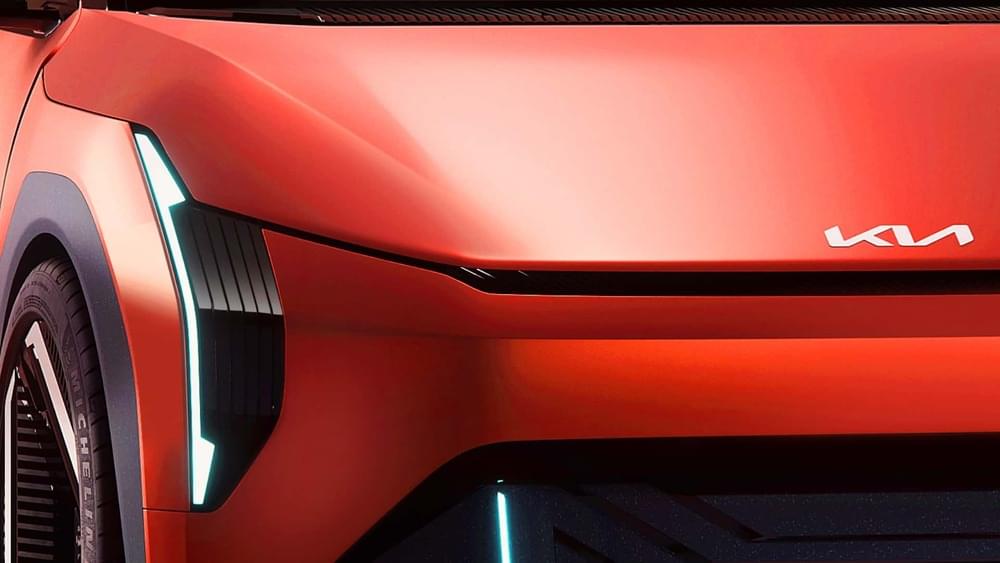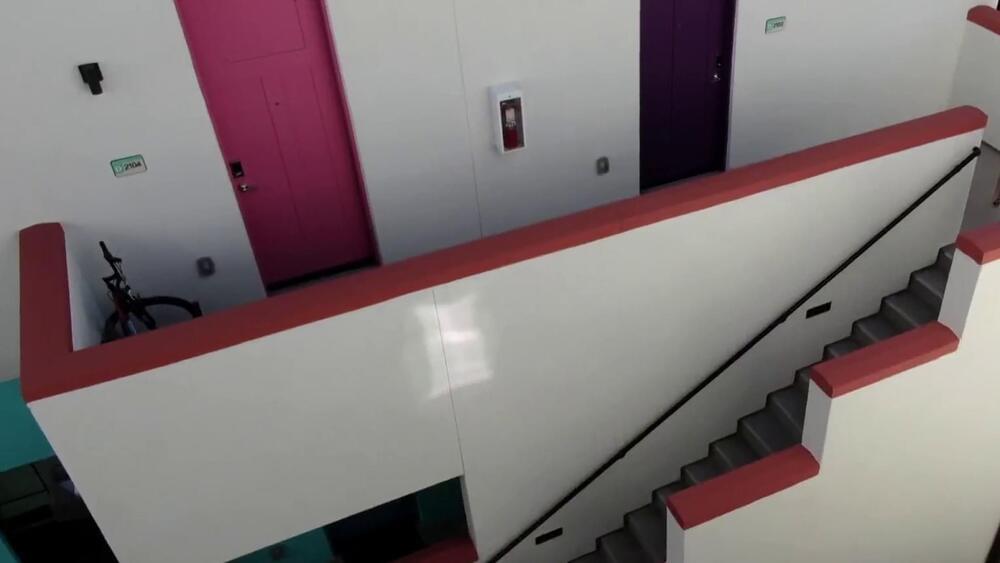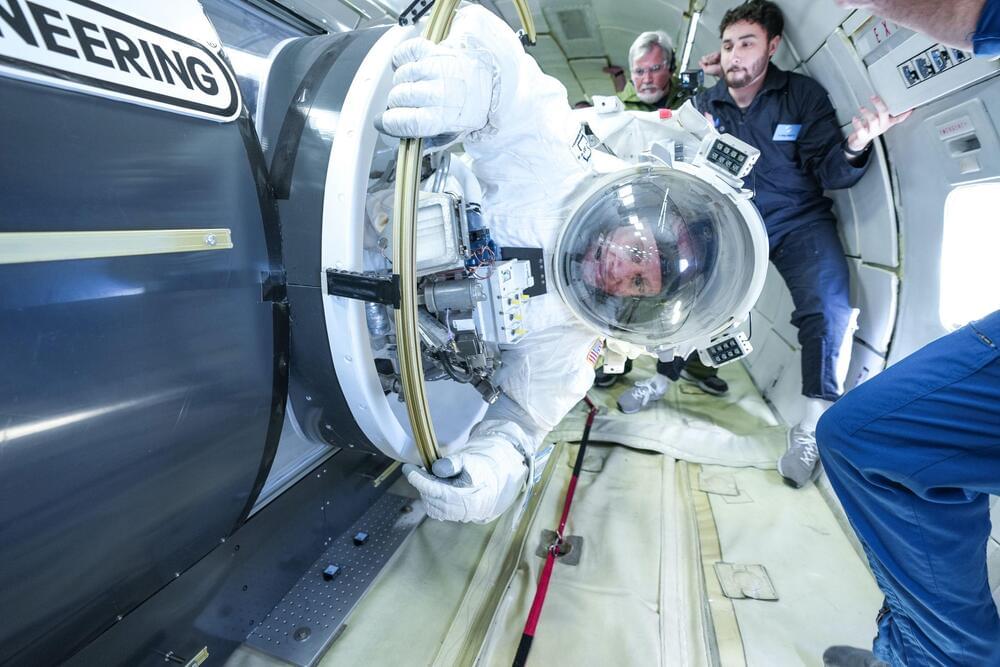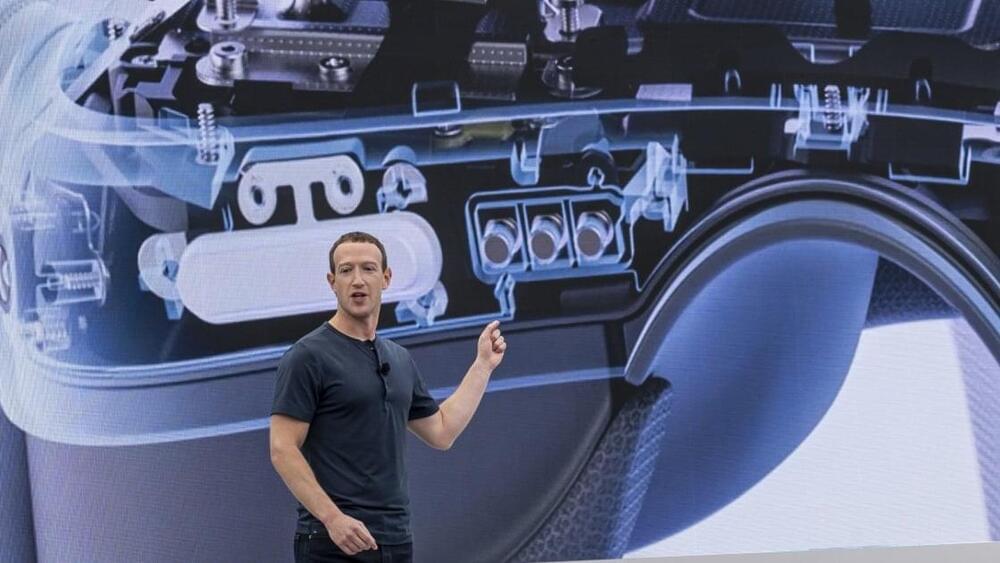Codenamed GT1, the electric sedan will offer up to 603 hp and over 400 miles of range, according to a leaked production schedule. But will anybody buy it?



There’s a bold real estate experiment underway in Tempe, Arizona. Culdesac is the nation’s first rental community designed and built specifically for car-free living. Residents say it has helped them get to know there neighbors better. But the real test will be when temperatures climb this summer. CNBC Senior Real Estate Correspondent Diana Olick reports.

Considerable effort goes into the design of space suits and space agencies across the world are always working on improvements to enhance safety and mobility of the designs. NASA is now working with Collins Aerospace to develop their next generation spacesuit for the International Space Station. The new designs are tested extensively and recently, the new design was subjected to a ZeroG flight on board a diving aircraft.
Collins Aerospace are an American technology company based in Charlotte in North Carolina. They were selected to develop the new suit as a replacement to the existing garments used by NASA. The official name of the suits are extravehicular mobility units and they have been worn for over two decades.
Once a prototype for the new suit was developed the project entered its test phase with one of the key elements, the microgravity or ZeroG test. To simulate ZeroG aircraft are taken on a parabolic flight. The pilot takes the plane to an altitude of around 24,000 feet and then pulls up increasing the climb angle to 45 degrees. Reaching an altitude of about 32,000 feet the plane is then put into a dive where the plane and its occupants experience ZeroG. For those inside, they will float around for between 20 and 30 seconds.
City of Hope, one of the largest cancer research and treatment organizations in the United States, treated the oldest person to be cured of a blood cancer and then achieve remission for HIV after receiving a blood stem cell transplant from a donor with a rare genetic mutation. Research published in the New England Journal of Medicine today demonstrates that older adults with blood cancers who receive reduced intensity chemotherapy before a stem cell transplant with donor cells that are resistant to HIV may be cured of HIV infection.
Paul Edmonds, 68, of Desert Springs, California, is the fifth person in the world to achieve remission for acute myelogenous leukemia and HIV after receiving stem cells with a rare genetic mutation, homozygous CCR5 Delta 32. That mutation makes people who have it resistant to acquiring HIV. Edmonds is also the person who had HIV the longest—for over 31 years—among these five patients.
Known as the “City of Hope patient” among these five patients, Edmonds received a transplant at City of Hope on Feb. 6, 2019, and is now considered to be cured of leukemia. Edmonds stopped taking antiretroviral therapies for HIV nearly three years ago and will be considered cured of HIV after he has stopped taking antiretrovirals for five years.
YangWang U9 might be BYD’s most expensive car yet.



This post is also available in:  עברית (Hebrew)
עברית (Hebrew)
Researchers from NYU discovered that classical computers could keep up with or even surpass quantum computers in certain circumstances. Classical computers can get a boost in speed and accuracy by adopting a new innovative algorithmic method, which could mean that they still have a future in a world of quantum computers.
Many experts believe that quantum computing is the future, and that we are veering away from classical computing, primarily because classical computers are significantly slower and weaker than their quantum-based counterparts. However, turns out that quantum computers are delicate and prone to information loss, and even if information is preserved it is difficult to convert it to classical information necessary for practical computation.

